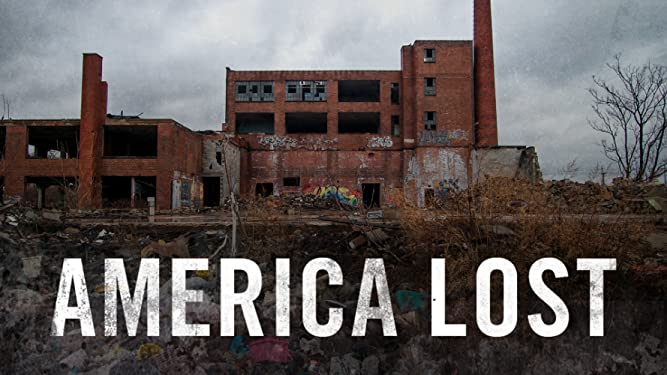Blog Post
American Carnage On Full Display
By Jonathon Van Maren
In 1997, Harvard professor of government James Q. Wilson gave a speech to the American Enterprise Institute and laid out what he saw happening in America: the emergence of “two nations.” In her essential 2018 essay “Two Nations, Revisited,” Mary Eberstadt observed that Wilson’s sociological argument had been borne out over the following decades and that America has broken in two, with the division “no longer one of income or social class. Instead, it [has] become all about the family—specifically, whether one hailed from a broken or intact home.” As the familial foundation collapses, Wilson noted, “every structure built upon that foundation has become weaker.”
In his powerful new documentaryAmerica Lost, director Christopher Rufo journeys through the America Wilson and Eberstadt described and records the experiences of Americans that few ever see or consider. He examines what life is like in three “forgotten American cities”—Youngstown, Ohio; Memphis, Tennessee; and Stockton, California. All three cities have distinctly different histories, and yet the collapse of each has resulted in a nearly identical reality on the ground. Rufo’s film is a record of excruciating poverty, family breakdown, addiction, mental illness, and—undergirding all of it—a crushing loss of meaning that afflicts those trapped in these shattered human ecosystems.
Fifty years ago, Youngstown was part of America’s great industrial heartland, with 25 miles of steel mills powered by men who left high school, went to work, and heaved their families into the middle class through sweat and elbow grease. They had jobs, they had dignity, and they provided for those they loved. It took a century to make Youngstown wealthy, and less than a generation for everything to implode. Today, Rufo explains, it is the poorest city in America, one of only six with a poverty rate higher than 40%. When the steel mills shut down, 40,000 manufacturing jobs vanished. More than half of the population followed. There are 8,000 empty houses in Youngstown. Every year, vandals burn down more than 200 buildings. The fire department watches them burn. The old order is gone, Rufo says. Nothing has replaced it.
Rufo seeks out those who stayed behind. Todd, a bearded metal scrapper who scavenges through abandoned houses for overlooked debris to cash in at the scrap yard, says that Youngstown now resembles a third-world country. “In the past, you had a lot of really proud people who lived here. They believed in what they did, they believed in their friends, neighbors, and family. Now, I don’t believe any of that exists anymore. Fight or flight—a lot of people flighted out of here.” Todd has struggled with addiction, been arrested, and left his family. He scrabbles on, trying to survive in a landscape that often more closely resembles Berlin in 1945 or Aleppo in 2016 than the American Midwest most people know. When the industries collapsed, Rufo says, not everyone made it. Todd, and so many others, are the collateral damage of policies that destroyed the lives of American workers. Cities like Youngstown simply failed to make the transition from the modern to the postmodern world.
READ THE REST OF THIS COLUMN AT THE AMERICAN CONSERVATIVE








